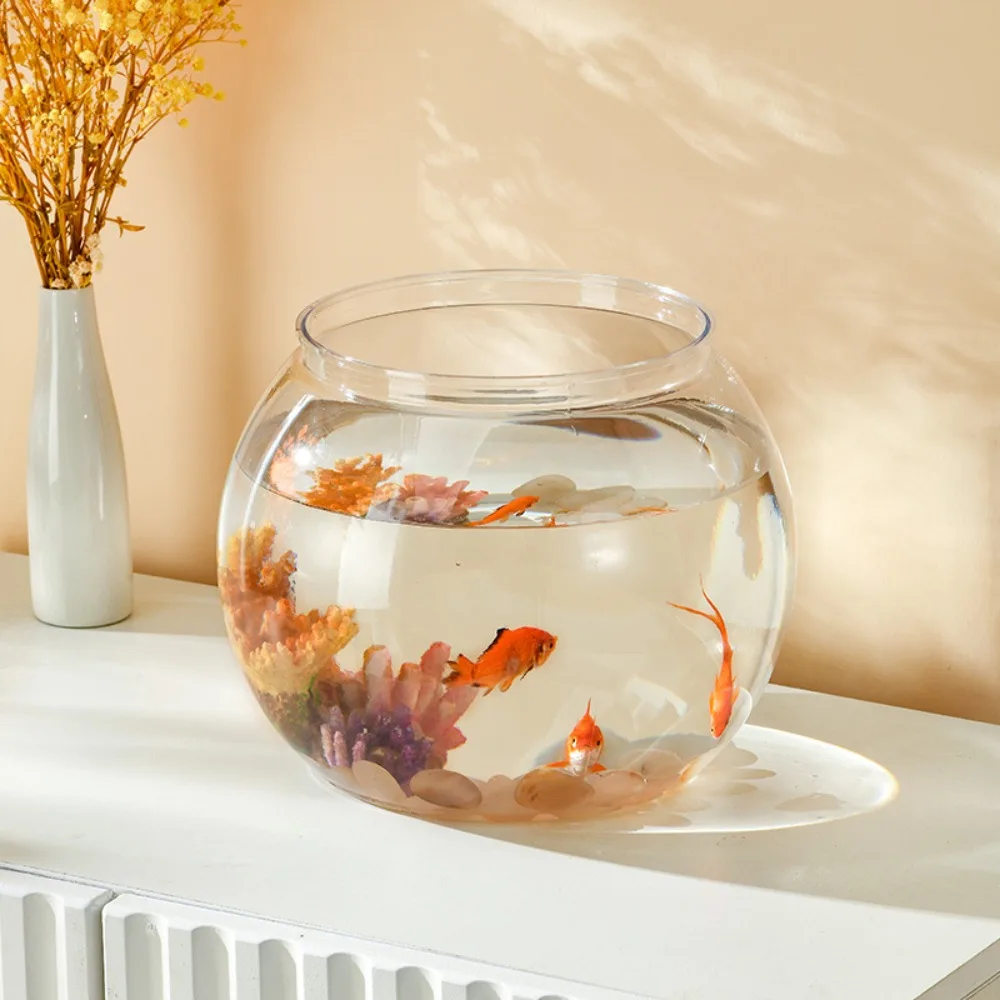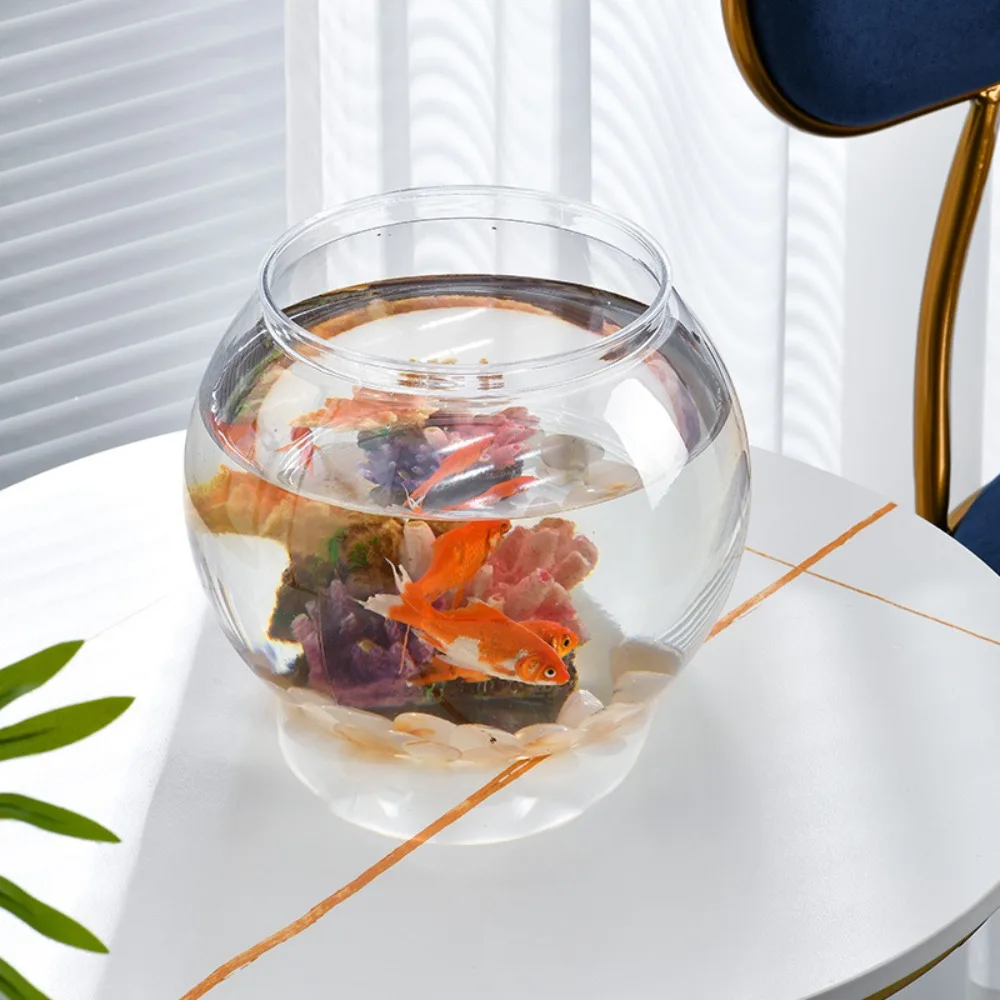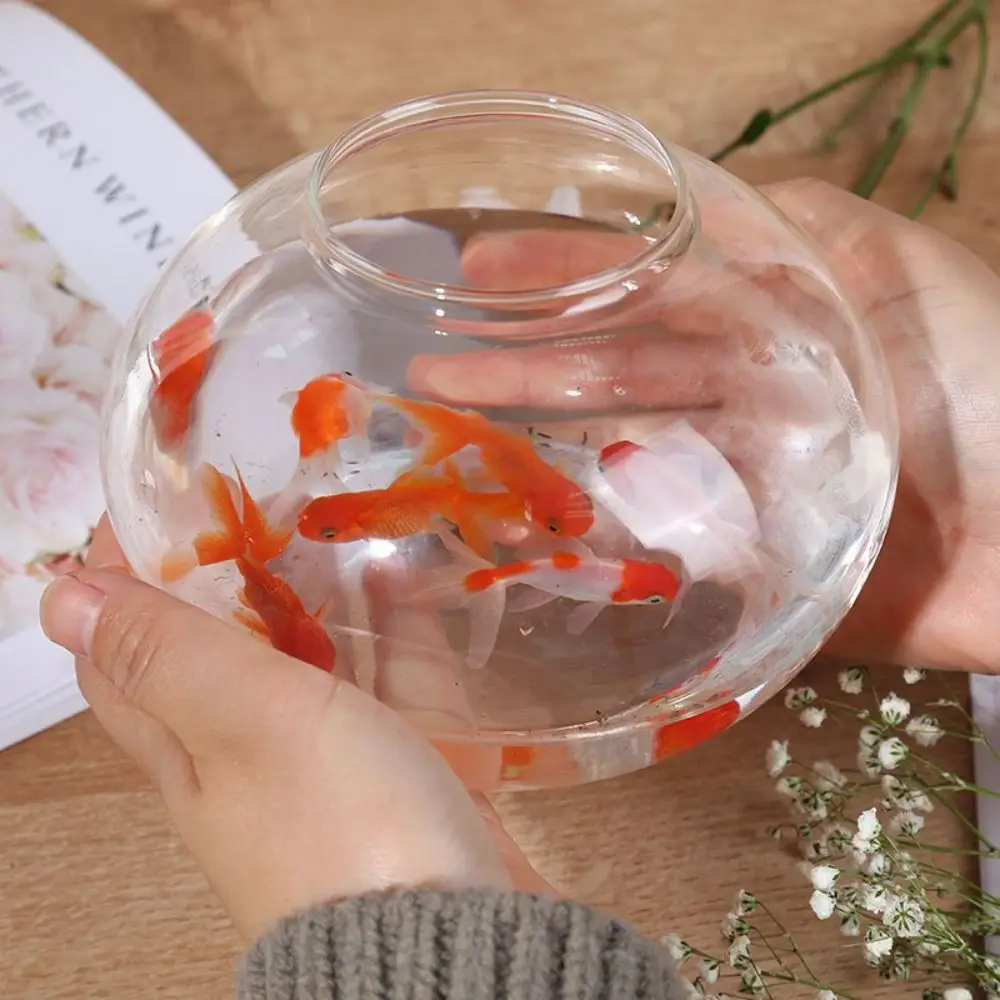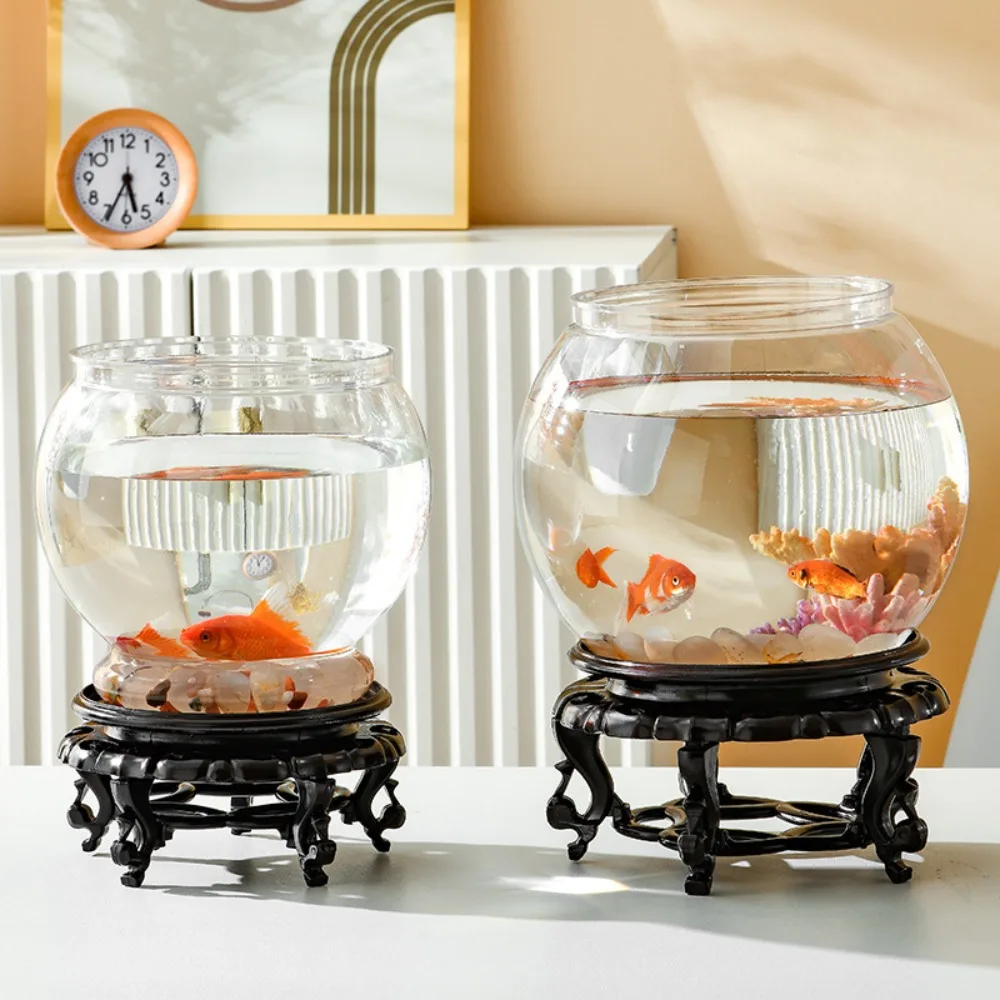Keeping an aquarium can be a rewarding hobby, offering tranquility and a highlight of beauty in your home. However, it comes with its challenges, one of which is dealing with little white worms that sometimes infest fish tanks. These unwanted guests can make an aquarium look less appealing and may indicate underlying issues in your tank’s ecosystem. This article discusses the causes of little white worms in aquariums and presents effective solutions to eliminate them and restore balance to your underwater environment.
Understanding the Problem: What Are Little White Worms?
Little white worms in fish tanks are often identified as aquatic larvae or detritivores. Common species include Lumbriculus variegatus, a type of freshwater oligochaete worm, and Enchytraeids, both of which may find their way into your aquarium. They are generally harmless to fish; however, their presence can indicate water quality issues, such as high organic matter and poor water conditions. These worms can reproduce quickly, thriving in a tank full of decaying food particles, excess fish waste, and stagnant water conditions, leading to infestations.
While they may not directly harm your fish, a high concentration of little white worms can disrupt the overall ecosystem of your aquarium. Particularly if they multiply significantly, these worms can deplete oxygen levels and create unfavorable conditions for your fish, plants, and beneficial bacteria. Recognizing these worms and understanding their implications is the first step toward ensuring a healthy aquarium environment.

Causes of Infestations: What Invites Little White Worms?
Understanding what causes little white worms to appear in your aquarium is crucial for effective prevention and control. One of the primary reasons these worms invade fish tanks is the accumulation of organic debris. Uneaten fish food, dead plant matter, and fish waste create a feeding frenzy for detritivores like worms, leading to population explosions. Consequently, they thrive in tanks where regular maintenance is not prioritized.
Poor water quality is another significant factor. Elevated ammonia or nitrate levels stemming from overfeeding or inadequate filtration systems can attract detritivores. Overcrowding your tank can worsen these conditions, especially in under-filtered or non-cycled tanks. The stress on the aquatic ecosystem makes it more susceptible to pests, including little white worms.
Lastly, introducing new fish or plants can bring about these pests unintentionally. Items that have not been properly quarantined before adding them to your tank can harbor invisible pests, including worm eggs or larvae. Therefore, understanding these causes helps you take preventive measures to limit infestations in the future.
Inspection: Identifying the Worms in Your Tank
It’s essential to differentiate between harmful parasites and the harmless little white worms commonly found in fish tanks. Observation is key. These worms usually measure 1 to 1.5 inches long and have a translucent white appearance, which can make them look particularly alarming. You may find them on the substrate, decorations, or even on the tank walls.
To identify whether they are a nuisance or harmless, pay attention to the worms’ behavior. Harmless white worms typically move around in a calm and flowing manner, while harmful pests, such as planarians, tend to exhibit more erratic and aggressive movements. If you’re in doubt, examining the tank under a magnifying glass can provide better clarity.
In addition, inspecting your aquarium occupants can help in noting any behavior changes in your fish, such as scratching against tank surfaces or showing signs of distress. An observation of both the environmental conditions and the inhabitants will allow for proper identification of the issue at hand.
Immediate Solutions: Physical Removal and Cleaning
When dealing with a sudden infestation of little white worms, immediate actions can help mitigate the problem. Start by physically removing as many worms as possible from the tank. Siphoning the substrate during partial water changes can efficiently eliminate a significant number of these creatures. Use a gravel vacuum that pulls up waste and debris while leaving the healthy substrate behind.
Next, focus on cleaning the tank thoroughly. This includes scrubbing down tank walls, decorations, and equipment to ensure you disturb worm habitats. It’s also a good time to replace any activated carbon in the filter, which may help in re-establishing water quality.
While cleaning, make sure you perform a partial water change, ideally 25% to 30% of the total volume, which allows you to eliminate more of the worms and their eggs. Aerating the water during this process can also help in hoarding them to one side of the tank, making collection easier.

Long-term Strategies: Improving Tank Conditions
While immediate removal of little white worms is crucial, the best way to ensure they do not return is to improve your aquarium’s overall conditions. Regular maintenance is essential for keeping any unwanted pests at bay. This means performing routine water changes, cleaning the substrate, and conducting regular checks on water parameters.
Investing in a quality filtration system can also significantly help in maintaining excellent water quality conditions. Filters not only remove debris but also aid in the biological filtration process, helping to keep ammonia and nitrate levels in check. If your aquarium is particularly vulnerable, consider incorporating a mechanical filtration system alongside biological filtration to remove organic wastes efficiently.
Another effective long-term strategy is controlling your feeding habits. Overfeeding is a common mistake that encourages worm growth through excess food decomposition. Feed only what your fish can consume in a few minutes, and limit feedings to one or two times per day.
Biological Control: Introducing Natural Predators
If you’re dealing with a persistent worm problem, you might consider introducing natural predators into your tank. Some fish, such as certain species of loaches, will feast on little white worms while also providing an overall clean-up service to your aquarium. However, it’s crucial to research thoroughly beforehand, as not all species are compatible with every fish community.
Invertebrates like assassin snails can also help control worm populations. These creatures actively seek out and consume small worm infestations, making them a natural biological control measure. When introducing any new species, it’s wise to quarantine them first to ensure they don’t bring unwanted parasites into your aquarium.
Remember that while natural predation can assist in managing worm populations, it should not be solely relied upon. Integration of pest control measures along with natural solutions for a balanced ecosystem is most effective for long-term success.

Prevention: Maintaining a Healthy Aquarium Environment
To prevent future infestations, it’s vital to create an environment that is inhospitable for little white worms. This begins with thorough research and preparation before adding new fish or plants. Quarantining new arrivals for at least two weeks can help ensure that any potential pests are removed before introducing them to your established tank.
Maintaining a proper feeding schedule is crucial as mentioned previously. Consider specialized feeding devices that can prevent excess food from reaching the substrate, thereby minimizing the organic build-up that attracts worms. A feeding ring can help ensure food stays in one area, making it easy for your fish to consume every bit of it before it sinks.
Regularly testing your water quality is also critical. You should keep a close eye on ammonia and nitrate levels, as well as pH levels, and adjust as needed to keep harmful substances at bay. The use of live plants can also contribute positively to tank health, helping to absorb nutrients and create a balanced ecosystem.
When to Seek Professional Help
Sometimes, despite your best efforts, a worm infestation may still prove challenging to eliminate. If the population grows too large, or if your fish begin to show signs of stress and illness, it may be time to consider seeking professional help. Aquatic specialists can provide tailored solutions and therapies that often require experience and expertise beyond what is readily available to the average aquarium owner.
Engaging an aquarium maintenance service can also relieve the burden while ensuring your aquatic environment remains healthy. These professionals are usually well-versed in identifying common tank issues and can provide regular monitoring, which significantly reduces your chances of experiencing pest-related problems like little white worms in the future.
Conclusion: Restoring and Maintaining Your Aquarium’s Beauty
Dealing with little white worms in your fish tank can seem challenging, but with the right knowledge, strategies, and consistent maintenance, you can reclaim your aquarium’s ecosystem. Understanding the causes, implementing immediate and long-term strategies, and creating a sustainable environment will not only help eliminate the worms but will also lead to a healthier habitat for your fish and plants.
As you continue this journey, appreciate the beauty and complexity of your underwater world. Each effort you make helps create a thriving environment, making your aquarium a true reflection of diligence and care. Always remember that thriving aquariums take time, attention, and a little bit of love.










